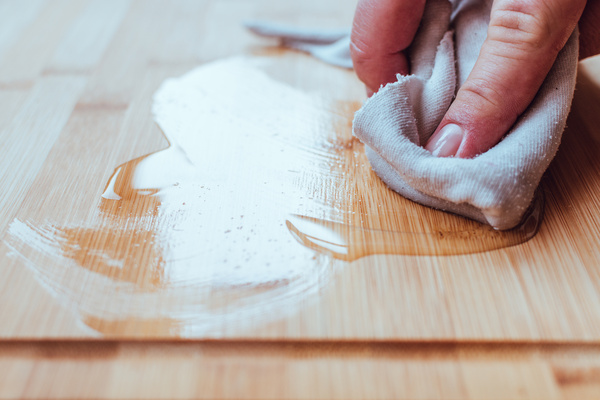Maintenance and Cleaning for Arbor Upcycle Wood Products

Cutting Boards / Paddle Cheese & Charcuterie Boards
Wood cutting boards and other wood products are a great kitchen tool and accessory, however, they do have a porous surface that can be a breeding ground for bacteria. Here are some tips on how to properly clean and maintain your wood cutting boards:
CLEANING
1. Use a soft cleaning brush, towel or sponge. After you are done using the boards, remove all food and scraps from the board. Use the brush or sponge and soap to scrub the wood with hot, soapy water to help loosen any food debris. Add coarse salt for any stubborn spots. Then rinse with hot water.
2. Stains. You can sprinkle baking soda on the board and let it sit for a few minutes, then scrub and rinse.
DISINFECTING
1. Hydrogen peroxide. You can pour the 3% hydrogen peroxide over your wood cutting boards or products, and can spread it around using a clean sponge. Let it sit for a few minutes - it will fizz as it kills germs. This is great if your board has cracks or grooves from knife use. Once the fizzing stops you can give the board a rinse under hot water.
DEODORIZING
MAINTENANCE
1. Oils. You will want to give your boards an oiling to help maintain their surface and keep them from drying out. Before you oil, make sure the board is completely clean and dry. You can oil your boards as often as you would like, but Arbor Upcycle recommends once a month if you use your board often, and a couple times a year if you don’t use it often.- The oil you use should be food grade and not prone to rancidity. Mineral oil is an inexpensive and popular choice, which you can easily find in most kitchen supply stores.
3. Store your boards in a dry place, and limit its exposure to sun and outside climates.
4. Clean your boards after every use.
WOOD CUTTING BOARD SAFETY
Because wood cutting boards have a porous surface, it can be a breeding ground for bacteria and therefore needs to be properly cleaned for safety purposes. After use, make sure your board is completely dry. Most food safety professionals recommend using a plastic board for meat and fish and wood boards for vegetables, fruit, bread, cheese, etc.




